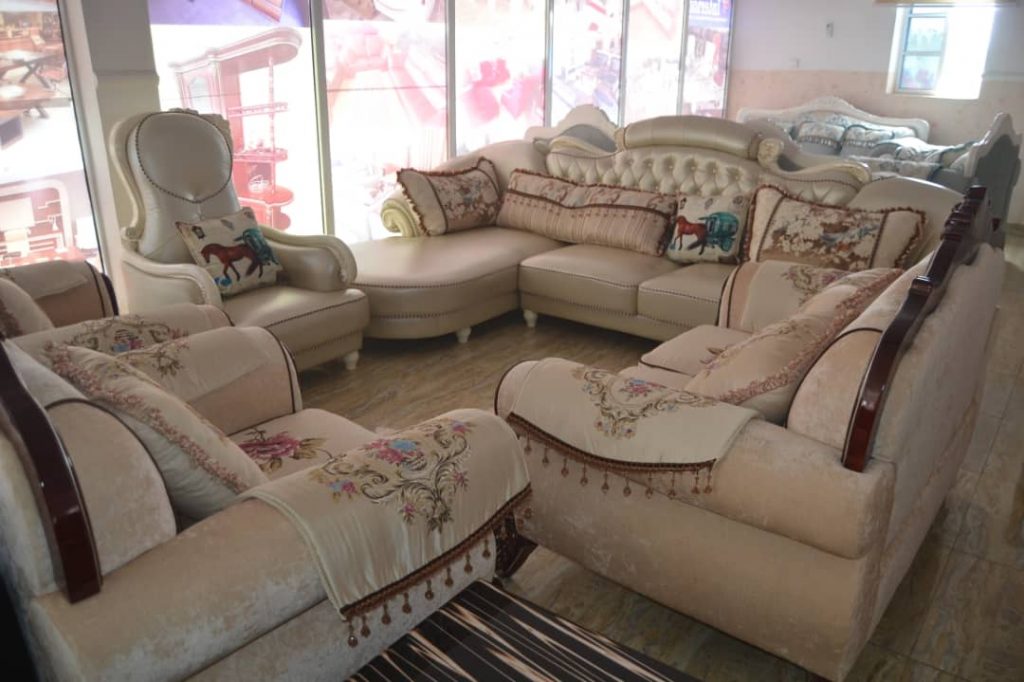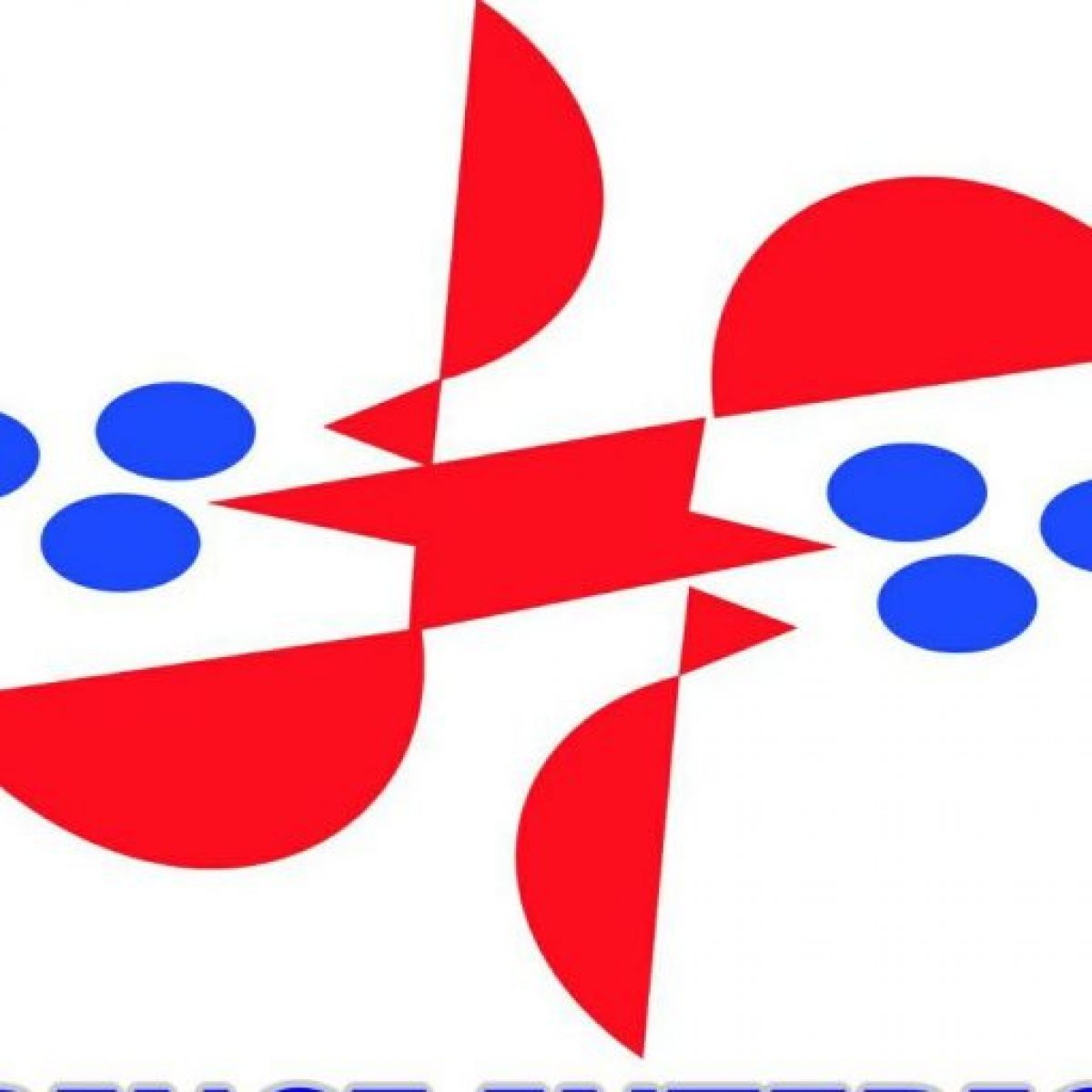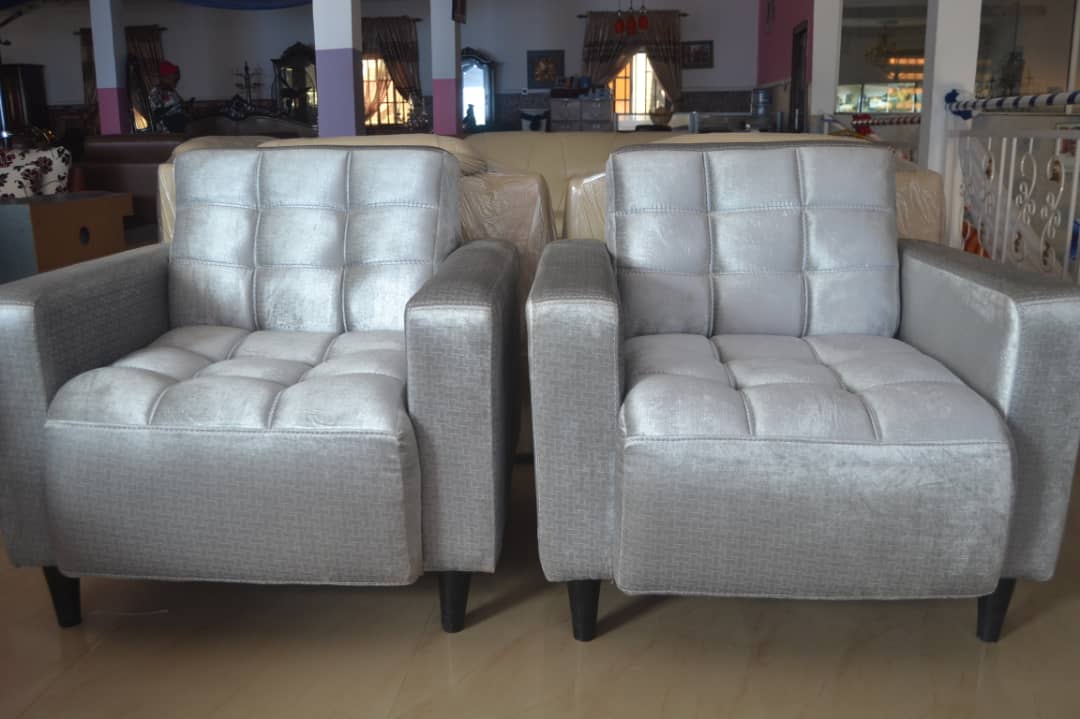

1. Introduction
However, while considerable previous research has emphasized the importance of excellence in the design of products and services, the impact of design awards outside the field of software design on the success of the winning products was largely unknown. Therefore, with this paper, we want to explore the value creation potential of Apple Design Award winners in other creative industries, namely the field of furniture design. As such, the purpose of this paper is to provide empirical insights into the role of ADA awards as a proxy for product quality in the field of furniture design. The first step in our analysis presented below is concerned with preparing data about the ADA awards.
Brands in highly innovative industries have recognized the potential of developing and launching new products while leveraging novel existing software and hardware. Apple’s Design Awards is probably one of the most famous awards in the field of software design. Although the precise selection process of the winners is not disclosed, the ADA winners are indeed those products that appear in the year of their launch to be especially innovative submission on the criteria of selection. As such, this award not only highlights the accomplishments of the developers, but also anticipates broader success. As the primary aim of the award is exposure, the winners were expected to go on and dominate their respective markets and become benchmarks in software development. The marked areas are grouped among the categories of apps with the most downloads, the most downloaded genres, and the top grossing genres. A substantial number of these winning apps can indeed be classified as leading benchmark products with relatively high market reach in their respective domains.
1.1. Background of Apple Design Awards
By examining ADA interactive and creativity categories, and spatial aspect, that is, the shared creative aspects between multi-touch visual apps and furniture design, and through game design aspects and the reunion of sorts between non-function app and furniture as informal study experience, this work presents use cases that would integrate the tool/app into general apps-indexes in the design process while exploring new opportunities in digital craft. The analysis presented can guide the understanding of the quality and goals of empowerment and network-based development based on use through the sharing of crowds. These thoughts also can be adapted to different disciplines alongside spatial visual creation appropriate to adaptive design systems.
The use of digital technology, such as computer-numerical control (CNC) machines and three-dimensional (3D) printers, applies both to how the furniture is generated and to how digital tools are used in the design process. This study looks at the use of tools (i.e., apps) promoted by Apple Inc. by considering their impact through the winners of the Apple Design Award (ADA). These applications are examined in use situated within the context of digital craft in the generation and visualization. The question is whether applications that are judged by being chosen to receive the ADA are continuing to move in a direction that results in their use in the forefront of design. This question would allow designers and users to discern whether they should spend time and resources in adoption.










